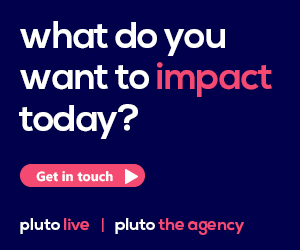 Aaron Poole, Marketing Executive, PML Group with this week’s Out \ Look on Out of Home
Aaron Poole, Marketing Executive, PML Group with this week’s Out \ Look on Out of Home
For many, the post-Christmas mantra is all about healthy living, with fitness goals and wellness habits dominating resolutions. For advertisers, January provides a prime window to capture mental availability and drive awareness around lifestyle choices and health-forward decisions: Retail Out of Home (R-OOH) continues to evolve how brands engage with shoppers, leveraging data-driven targeting in trusted environments, while the reach and frequency of transport and roadside environments as consumers return to work cannot be understated.
OOH is perfectly positioned to tap into this post-seasonal mindset, offering brands an opportunity to connect with health-conscious audiences during a period of high deliberation and intention. Here are some who are leading the charge.
Holland & Barrett

Europe’s leading health and wellness retailer is doubling down on its ‘New Food that Loves You Back’ campaign that relaunched its entire food category last Spring. Reworked for the health-conscious zeitgeist, the campaign promotes a core range for the new year health kick including protein-packed chickpea snacks, muesli with muscle, skin lovin’ superfood, plant packed granola, honey with a buzz, and protein powered peanut butter – all tailored to inspire nutritional choices that complement new year goals.

Planned by Carat and PML, the campaign is live across digital OOH panels in mall, roadside and transport environments putting the health foods front and centre. Placements in road and rail environments aim to generate mental availability for those contemplating a healthier breakfast while en route to the office, while panels in retail environments keep the brand top of mind near points of purchase as consumers look for healthier alternatives to fill the shopping basket.
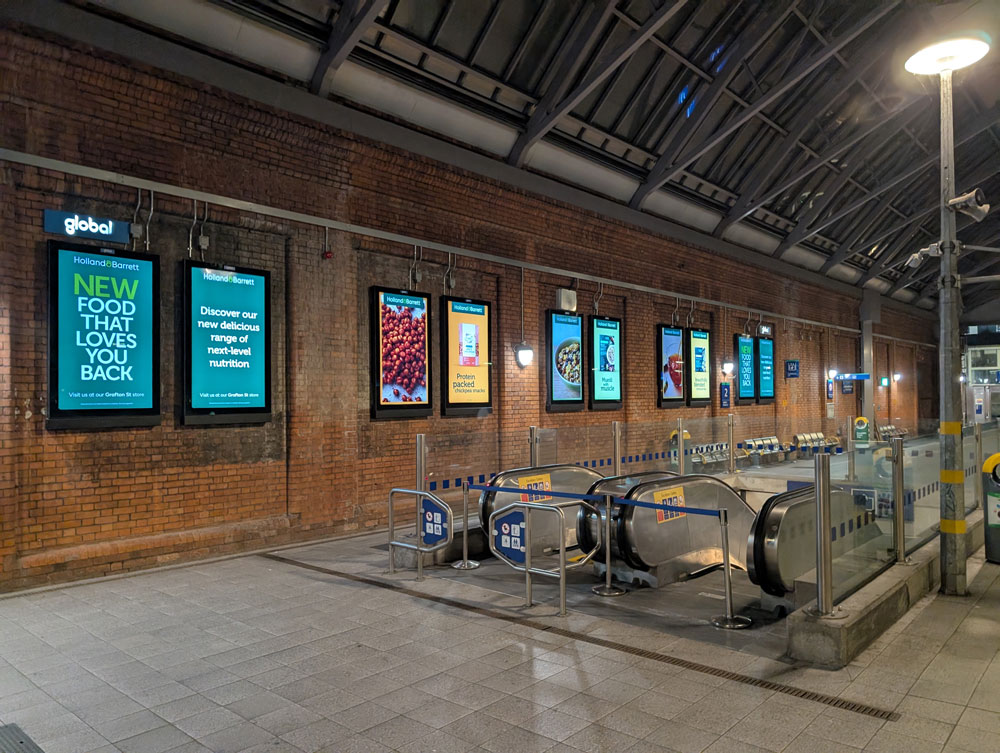
“OOH plays a vital role in this advertising campaign, offering unmatched visibility and the ability to deliver high-impact messaging across various formats within close proximity to our stores nationwide,” notes Elaine Rickard, Marketing Manager (ROI) at Holland & Barrett, “Working with PML allowed us create a powerful brand presence, reinforces awareness, and ensures consistent exposure to key demographics.”
PepsiCo
PepsiCo is making a splash this Dry January with a witty campaign for the brand’s Walkers’ and Snack-a-Jacks lines.

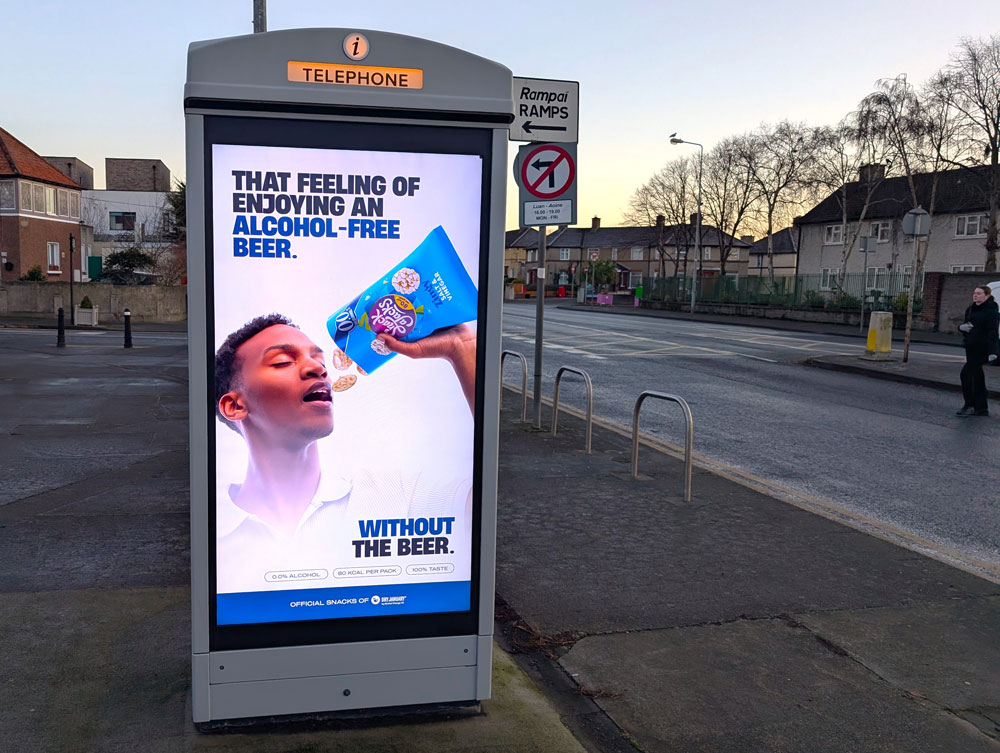
The creative aims to connect with Dry January participants offering a satisfying alternative to traditional pub fare. Using strategically-placed ads near pubs to engage consumers abstaining from alcohol, the creative executions cleverly lean into pub culture and humour featuring playful copy such as “That feeling of enjoying an alcohol-free beer… without the beer,” paired with visuals of the snacks being ‘drank’ or called out for their ‘Dry Humour’.

The campaign is planned by OMD and Source out of home.
Avonmore Slimline Milk
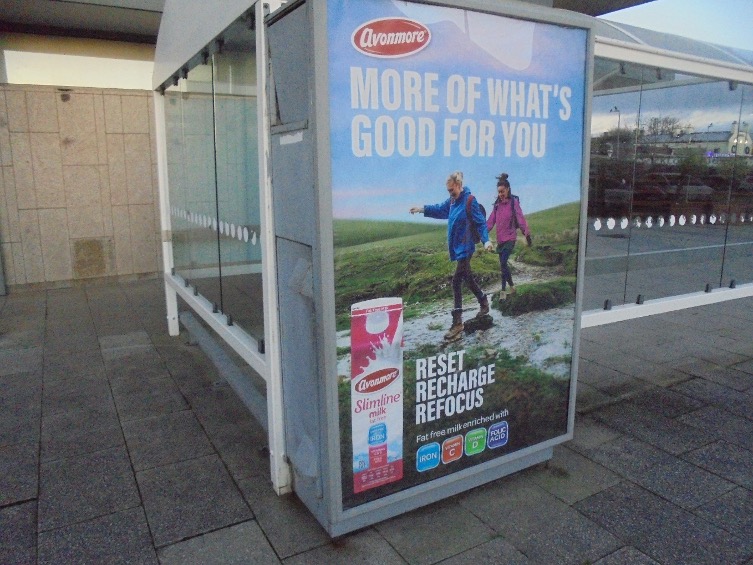
Avonmore Slimline Milk embraces the new year’s mantra of ‘reset, recharge, refocus’ with a creative campaign emphasising its nutritional benefits. With fat-free milk enriched with Iron, Vitamin C, Vitamin D, and Folic Acid, the messaging resonates with consumers prioritising health and wellness this January.
The campaign visuals feature an active lifestyle narrative, including hikers enjoying the outdoors and swimmers revitalising post-exercise. Formats include 6 Sheets, DX Screens, and Adbox, strategically placed in retail and roadside locations reach consumers on their weekly shop and passers-by on their vdaily journeys. The campaign is planned by Carat and PML.
Vodafone
New year, new phone?
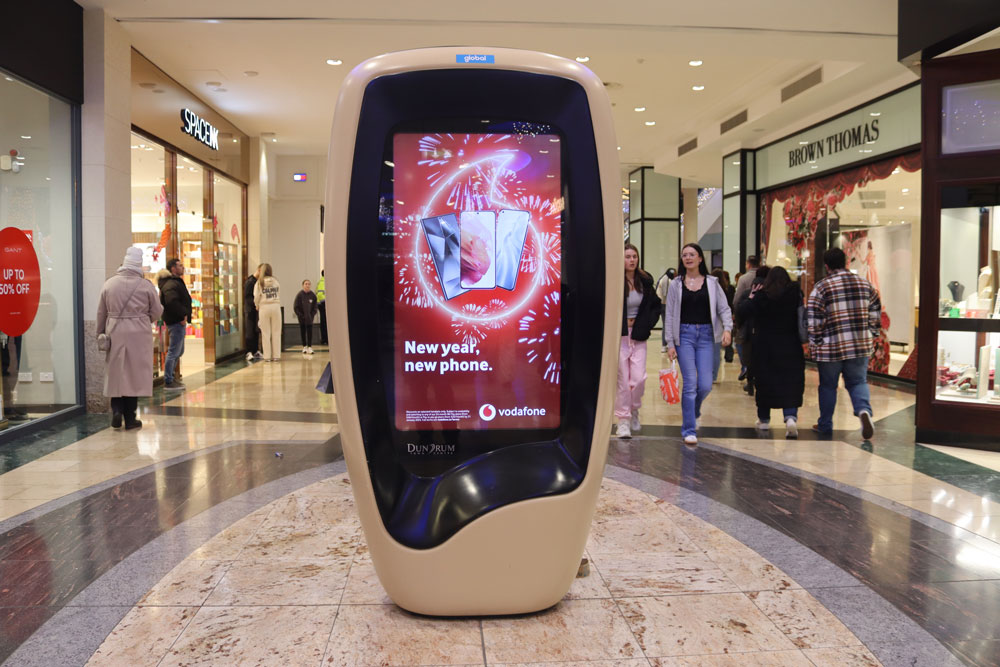
Vodafone’s January campaign invites consumers to take advantage of its Super Savings, promoting Ireland’s top-rated phone network. The creative, featuring bold red visuals and fireworks, celebrates the spirit of the new year while positioning Vodafone as the consumer’s choice network for upgrading to the latest tech.

Planned by Carat and PML, the campaign is running across high reach and frequency formats including digital retail panels, T-sides, and large roadside.
Fulfil
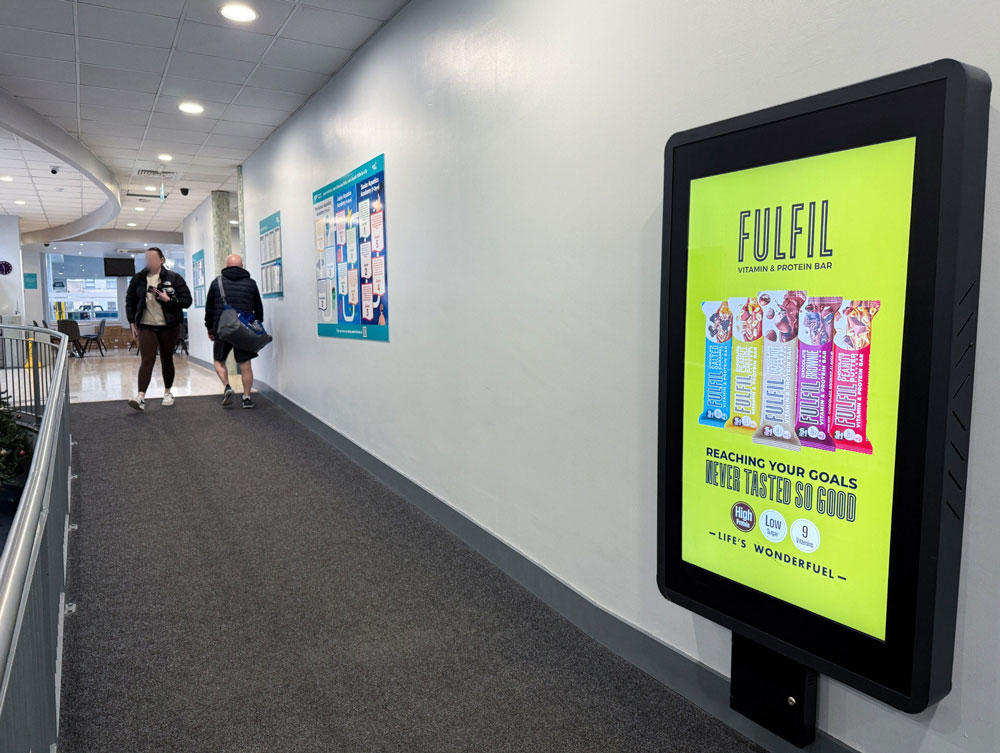
Reaching your fitness goals never tasted so good! Fulfil Bars’ January campaign brings energy to gym environments with vibrant creative showcasing the brand’s product range against bold, attention-grabbing backdrops.
The campaign focuses on health-conscious consumers, engaging them in spaces where fitness resolutions are top of mind. Running across gym network screens, the brand emphasises its role in supporting active lifestyles, with media planned by Carat and PML.
Rockshore 0.0
Rockshore 0.0 leans into the Dry January narrative with a campaign designed to position its alcohol-free lager as a refreshing alternative for the season.
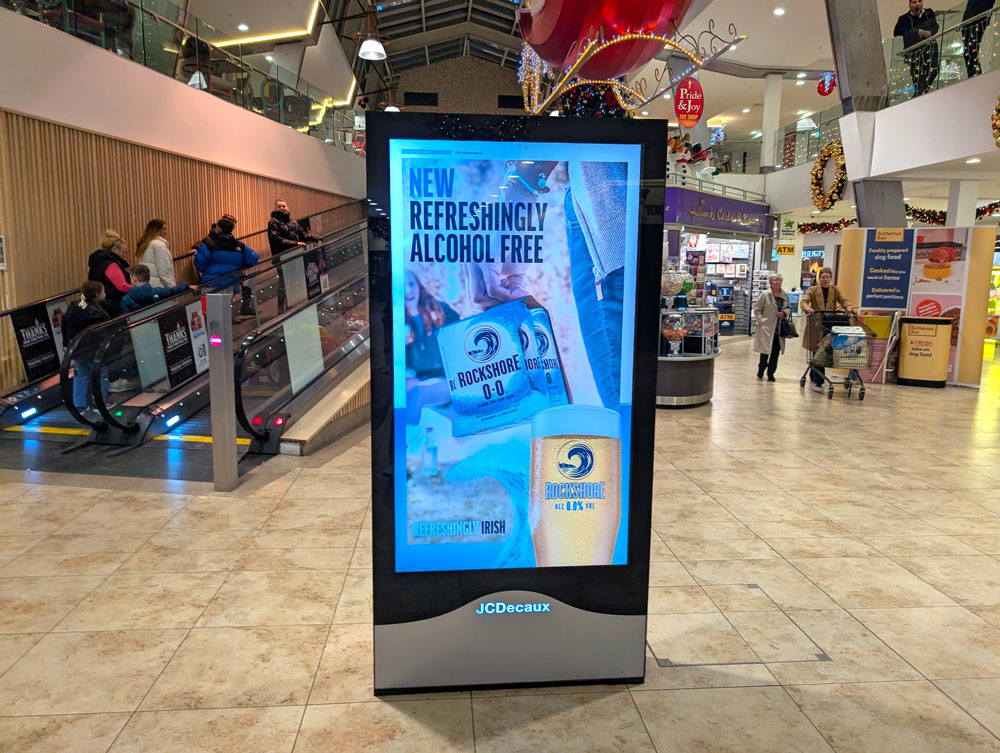
Planned by PHD and Source out of home, the campaign runs across formats near points of purchase including 6 sheets, mall digital formats and off-trade screens establishing itself as a “Refreshingly Alcohol Free, Refreshingly Irish” choice for Dry January participants.
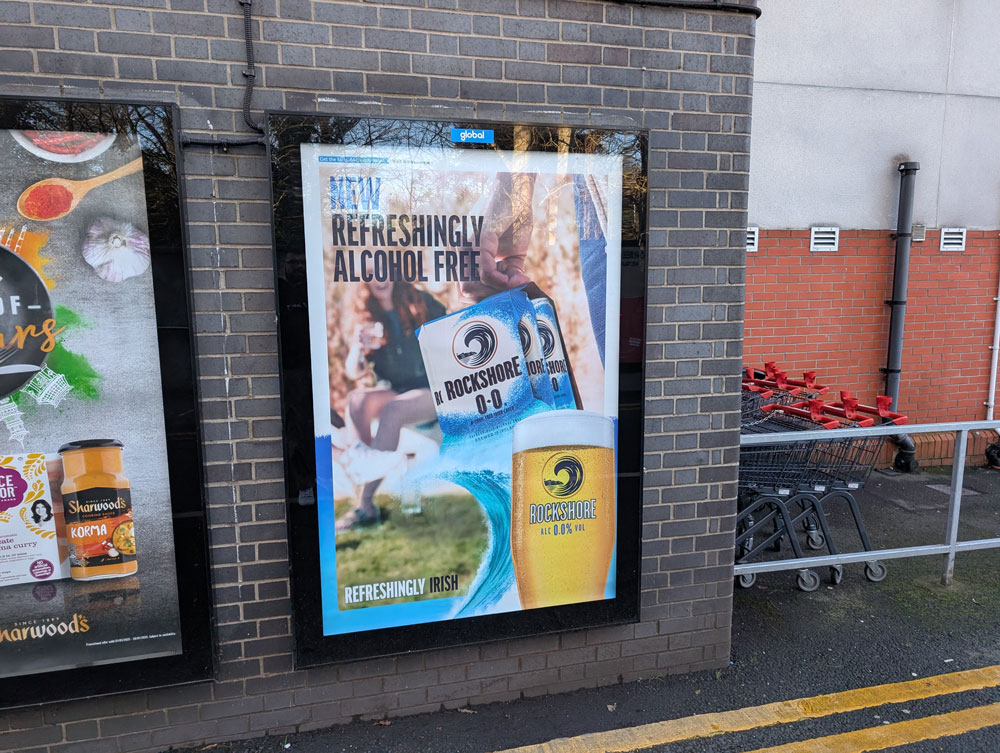
Dublin is Europe’s third most congested city
Dublin is the third-most congested city in Europe, and the 15th-most congested in the world, according to the 2024 INRIX Global Traffic Scorecard. Dublin was ranked after London, in first place, and Paris, in second.
Drivers were delayed by an average of 81 hours (over three days) due to congestion in the city in 2024, a year-on-year increase of 13 per cent with an average last mile speed of just 11mph.
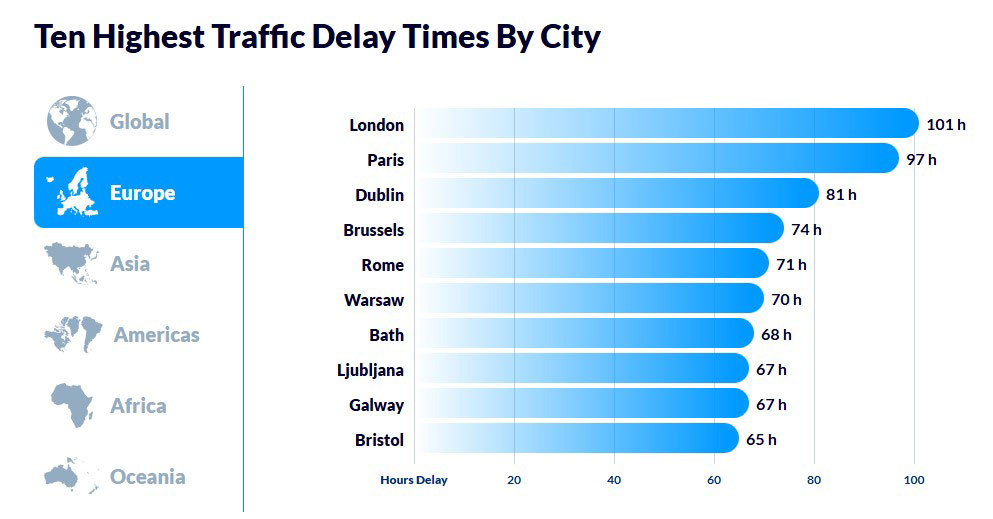
Dublin moves up one place to 15th in the global congestion rankings. Traffic delay times have risen in the city in each of the past three years.
INRIX reports that trips to city centres grew along with the return to office. However, weekends and weekend evenings especially, saw the most growth. This suggests people returning to downtown for purposes other than work (nightlife, arts, dining, retail, etc.).
Galway is the second worst Irish city for traffic, with drivers were delayed by an average of 67 hours last year, the ninth highest level in Europe. Cork is in third place at 51 hours.
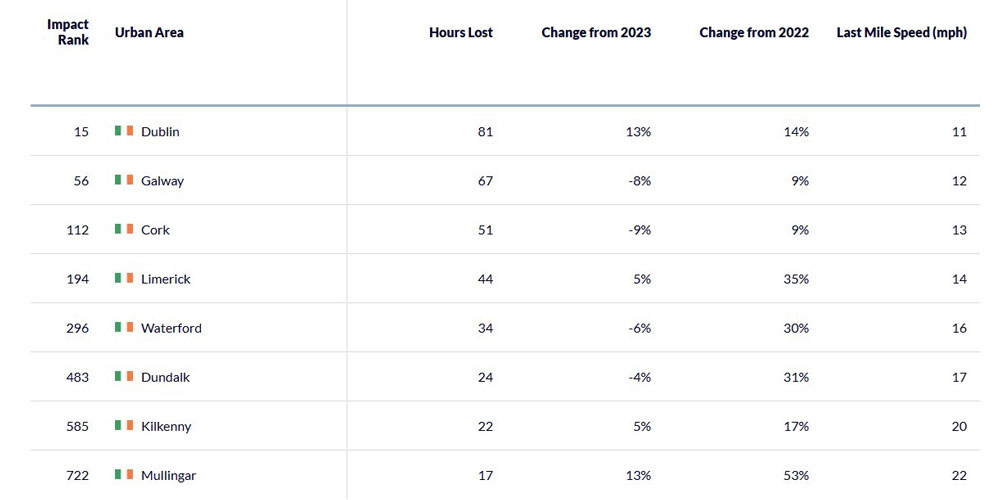
The global rankings, which assessed over 900 cities in 37 countries, are based on the length of delays, weighted by the size of each city’s population.
Implications for OOH
Longer and slower commutes increase dwell time exposure to OOH formats from billboards to buses, to bus shelters. Prolonged exposure increases attention and assimilation of ad messages. Levels of engagement and cognitive processing an audience allocates to a given advertisement are enhanced.
67% Likely to Purchase After Seeing Influencer-Endorsed OOH Ads
The connection between Out of Home advertising and social media continues to grow, with fresh insights underlining the effectiveness of influencer endorsements and social content integration. According to research shared by the Out of Home Advertising Association of America (OAAA), two-thirds of adults have noticed social media elements in OOH campaigns, and 52% say these features make them more likely to engage with brands online.
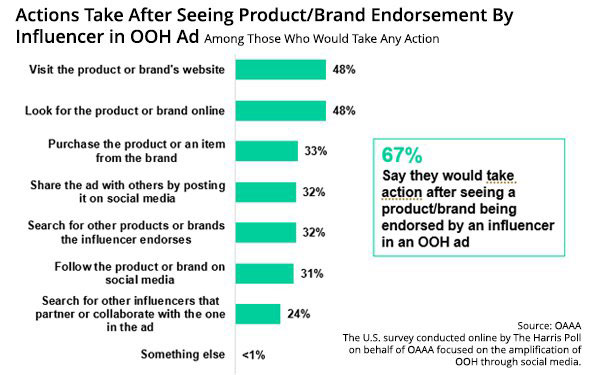
While 45% of respondents reported that OOH ads do not directly influence their social media activity, over half (52%) admitted that seeing an OOH ad at a major event sparked greater interest in the advertised brand or product.
Younger audiences, particularly Gen Z and Millennials, show the highest levels of engagement with OOH advertising when it incorporates social media or influencer elements. Overall, 67% of respondents stated they are likely to act after seeing an influencer-endorsed product in an OOH ad. Nearly half (48%) visited the brand’s website, with another 48% confirming they made a purchase as a result.

Platforms like TikTok and Instagram amplify the effectiveness of OOH campaigns, with the combination significantly changing consumer perception. “When OOH integrates with social media, the connection can be transformative,” said Anna Bager, CEO of OAAA.
The survey, conducted by The Harris Poll, explored the interplay between OOH and social media, highlighting how influencer content can elevate ads seen across billboards, digital screens, and other formats. Findings revealed that 67% of adults recalled seeing social media content featured in OOH ads, while 40% had shared OOH campaigns online—motivated by humour (39%), educational content (36%), and discounts (35%).
Location remains a critical factor in OOH effectiveness, with 65% of respondents stating they are more likely to act on ads placed in iconic or high-traffic areas. Campaigns displayed in such locations were also more likely to be associated with quality (46%), trustworthiness (39%), and luxury (33%).
For Irish brands, these insights underline the importance of leveraging OOH as part of an integrated marketing strategy. The ability to blend physical advertising with social media and influencer content offers a powerful way to engage younger audiences and drive both online and offline interaction.





















